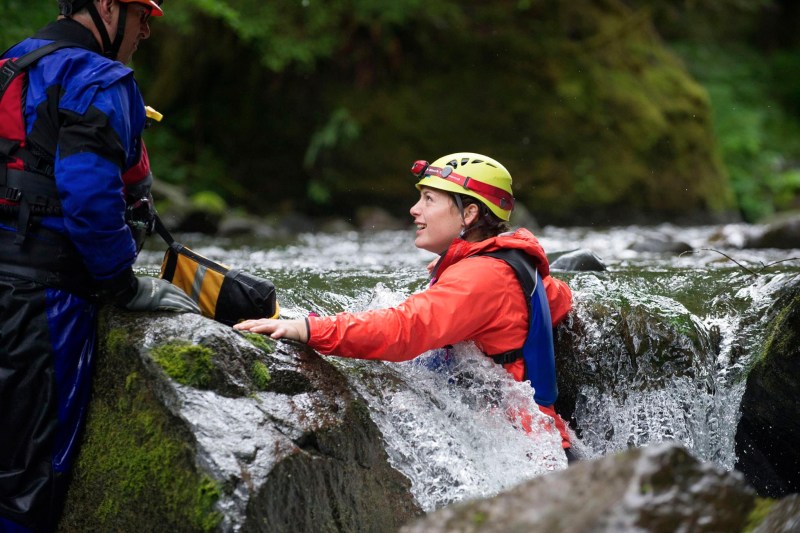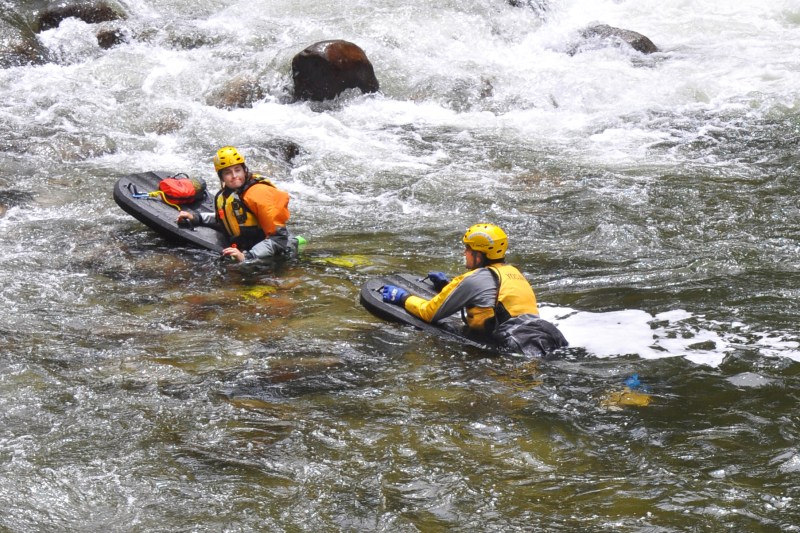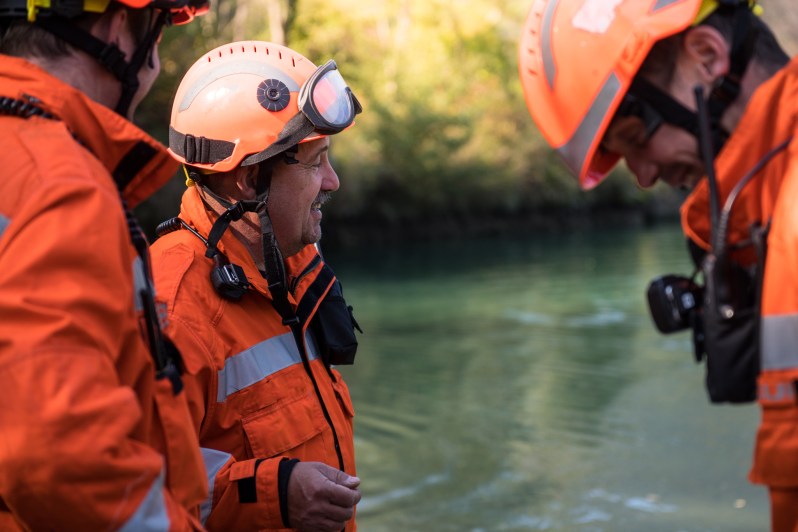It’s difficult to find an area of the U.S. without at least some cell service these days. For avid outdoorsmen, that often means that, in a legit life and death situation, help is just a phone call away. Technologically speaking, that’s true. Search and rescue (SAR) operations are available throughout much of the country to save your bacon if (or when) shit hits the fan. But you might be surprised to learn that it’s not a free public service in every state.
Except for those living off-grid on remote, unincorporated land in the middle of nowhere, most Americans enjoy the safety of a first-world crisis response infrastructure designed to keep its citizens safe. Your hard-earned tax dollars fund hospitals, police departments, and firehouses around the country to do their damnedest to ensure you don’t die or lose everything you own in a house fire. So, it’s easy to assume that that same level of protection applies to other, more adventurous life pursuits like hiking, rock climbing, hardcore mountain biking, and the like on public land.

But, in at least six states, climbers, hikers, and pretty much anyone who requires emergency rescue could be forced to foot the bill if they head out into the wild unprepared and need to be saved. Proponents of the relevant laws argue that taxpayers shouldn’t be burdened to pay for someone else’s lack of preparation. Many outdoor enthusiasts argue, however, that such laws discourage those who legitimately need help from calling because they might fear getting hit with a massive bill. The obvious political debate aside, here’s what every outdoorsperson should know about the cost of search and rescue operations in the United States.
Know the law

The good news is that, on a federal level, most agencies do not bill individual citizens for search and rescue. A lost hiker who triggers a SAR call in Yosemite National Park, for example, that results in a federal response would likely be safe from a multi-thousand dollar invoice for the resulting rescue effort.
The bad news, however, is that individual states aren’t always so forgiving. Some provide officials with broad discretion to determine whether citizens were reckless in their actions. In most cases, negligence is the deciding factor. On paper, New Hampshire, Maine, Oregon, and Hawaii all have laws on the books to dissuade negligence in the outdoors.
Laws in other states are more specific. To curb wayward skiers, Vermont and Colorado can bill anyone found trespassing in out-of-bounds ski areas. In Idaho, hikers rescued in areas posted as closed to the public can be charged. In California, rescue missions costing more than $100 can be billed to the individual’s county of residence.
Know the reality
In reality, many of the states and counties that can legally charge for SAR services simply don’t. In the more than 20 years since Maine enacted its relevant laws, for example, it has only billed a handful of citizens. Hawaii and Oregon — two states that perform hundreds of rescues annually — have never sought compensation from anyone.
Other states, however, are not so forgiving. Since 2008, New Hampshire has billed for scores of SAR operations to the tune of more than $100,000. Likewise, in Utah’s Grand County — home to some of America’s busiest and best national parks, including Arches National Park, Moab, and Canyonlands National Park — they routinely spend more than $200,000 every year on search and rescue services. That’s an impossible burden to place on the county’s meager population of just 9,500. Consequently, it began charging for some — though not all — SAR missions.
Protect yourself

The bottom line is that SAR laws and enforcement are complicated. Online information can be outdated, convoluted, or both. For anyone looking to venture into the outdoors, it pays to call the agency in charge of the land — whether that be the Bureau of Land Management (BLM), Fish & Wildlife Service (FWS), National Park Service (NPS), or local officials — you’ll be exploring. Stopping by the visitor center and chatting up a park ranger or other administrator can help clarify any concerns about local SAR operations and the cost of search and rescue.
Like Nana used to say, “An ounce of prevention is worth a pound of cure.” The best thing is to protect yourself against disaster in the first place. Don’t go into the backcountry unprepared. Know your limits. Keep in mind that one consequence of your potential recklessness could be putting the lives of search and rescue personnel — many of whom are volunteers — in jeopardy.
Lastly, consider insuring yourself with a state-issued SAR card. For a nominal fee, hikers can protect themselves from a reimbursement claim for costly search and rescue operations. Colorado’s CORSAR card costs just $3 per person annually (or $12 for a five-year card) and helps offset the costs of a SAR mission. New Hampshire’s Hike Safe Card offers similar protection for a still reasonable $25 per person or $35 per family (annually).
Of course, issues of the cost of search and rescue and who pays for that rescue are a moot point if no one knows you need help in the first place. Always tell a friend or relative where you’re going and how long you expect to be out. Never rely solely on a cell phone as your only lifeline. Relative to the cost of your life, satellite-enabled personal locators and SOS beacons are a bargain, and they work virtually anywhere on the planet. The few hundred dollars you spend on one will seem like a pittance if you ever truly need help.
Editors' Recommendations
- The future of e-bikes in U.S. National Parks could be decided in the next few months
- These are the 10 best cities in the U.S. for hiking and nature-loving city dwellers looking to “touch grass”
- The 10 best ski resorts and mountains in the U.S.
- Plan a trip to see some incredible fall foliage: 7 stellar spots across the U.S.
- Here Are the Best U.S. Hikes Accessible in the Summertime



